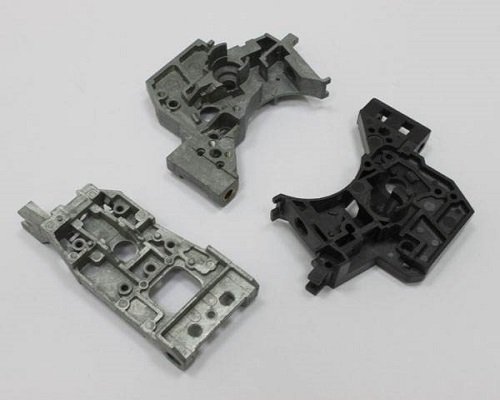Producing Complex-Shaped Metal Components Using Die Casting
Metal components are widely used in various industries, from aerospace to automotive, due to their desirable properties, such as strength, durability, and conductivity. Die casting has been a popular manufacturing method for producing complex-shaped metal components, particularly those made of aluminum alloys. In recent years, rheocasting has emerged as a potential alternative to die casting, offering similar advantages and potentially lower production costs.
The Die Casting Process
Die casting involves injecting melted metals, such as aluminum, into a water-cooled metal die or mold at high speed through an injection process. The molten metal solidifies when it comes into contact with the cool water, forming the desired shape of the component. After the solidification process is complete, the mold is opened, and the parts are ejected using mechanical ejector pins. The die is then sprayed with a lubricant and closed, and the molten metal is injected into the die again to start a new cycle.

Advantages of Die Casting
Die casting offers several advantages for the production of metal components:
- Flexibility: Die casting can produce metal components with various shapes and sizes, making it a flexible manufacturing method.
- Complex-shaped parts: Die casting is particularly suited for producing complex-shaped near-net-shape parts with high precision.
- High production rates: Die casting can produce large quantities of metal components with good dimensional repeatability.
- Long-term mold use: Die casting molds can be used for long periods, making it a cost-effective production method for large quantities of components.
- Economical: Die casting is an economical way of producing metal components in large quantities.
Die Casting Capabilities
Die casting offers various capabilities to meet different production needs:
- Rapid Tooling: This method is suitable for low-volume production using aluminum inserts with a lifetime of up to 20,000 runs. It typically takes 1-2 weeks and can reduce lead time.
- Low-Pressure Die Casting: This method uses air pressure to force the metal into the mold for mass production. It takes typically 3-4 weeks and has a lifetime of up to 100,000.
- High-Pressure Die Casting: This method uses a hydraulic ram to inject the molten metal into the die at extremely high pressures, leveraging manufacturing efficiency and minimizing unit costs.
- Gravity Permanent Mold Casting: This method combines a metal die with a gravity-fed metal delivery system, offering a lower overall cost while taking advantage of the higher cooling rate of the metal part. Like the LP permanent mold systems, it has advantages and disadvantages.
Conclusion
Die casting is a popular and cost-effective manufacturing method for producing complex-shaped metal components made of aluminum and other light metals. It offers flexibility, precision, high production rates, and economical production of large quantities. With various die casting capabilities, manufacturers can choose the most suitable method to meet their production needs.
